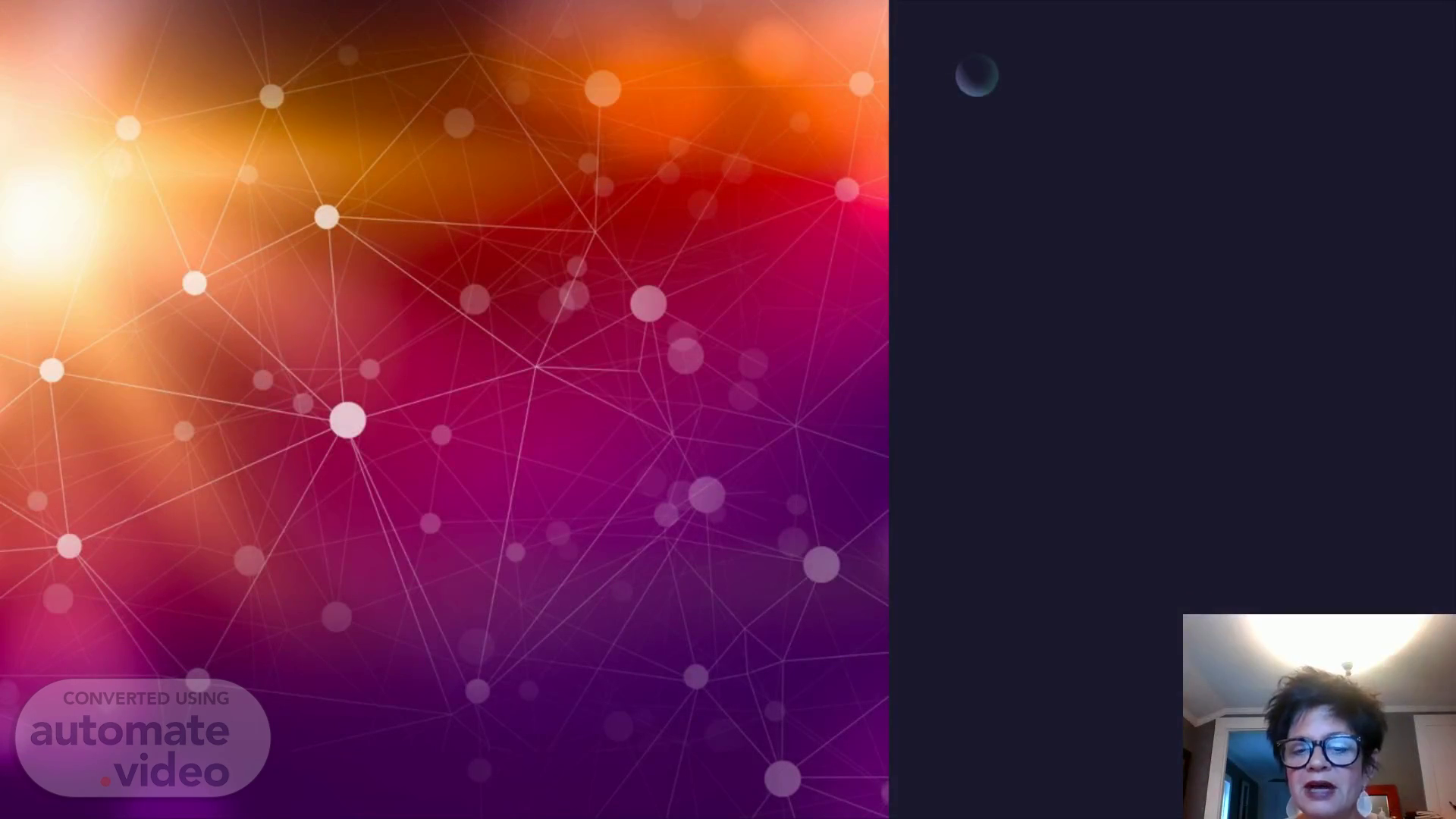
Academic and Curricular Strategies: STEM Education
Scene 1 (0s)
Academic and Curricular Strategies: STEM Education.
Scene 2 (11s)
Agenda. The Summer Institute- Boise State University, Idaho Scientific Inquiry for K-12 teachers Data Collection- Pre- and Post STEM Professional Development Critique and Suggestions.
Scene 3 (32s)
A person drawing on a white board. Digital Graph Screen.
Scene 4 (1m 20s)
Satellite view of Earth. Change the Equation, 2010.
Scene 5 (2m 14s)
A four- day immersive science inquiry program for K-12 educators.
Scene 6 (2m 43s)
The i-STEM Summer Institute Professional Development in STEM.
Scene 7 (4m 45s)
Activities During the four-day Retreat. 32 hours of instruction Four hours of planning Six hours of networking Unstructured time for socializing.
Scene 8 (5m 25s)
Instructional Time. The instruction was composed of a combination of plenary lectures, panels and presentations Twenty hours of content specific strands exploring themes like, integrating STEM (e.g., energy, space, the human body, placer mining, mathematical thinking, material science and others.).
Scene 9 (6m 21s)
Funding for the i-STEM Program. The Institute was supported by a grant and matching funds that allowed i-STEM to provide meals and lodging for the 239 instructors $300 worth of STEM Instructional materials and a stipend for the educators at the retreat.
Scene 10 (7m 28s)
Pre- Retreat Teacher Data. Many teachers surveyed felt insecure teaching STEM content due to their lack of knowledge pertaining to specific subjects because of the instruction they received in college- this was especially true for science. Math and Science Instruction is only offered over two semesters in college. The perceived fear of lack of knowledge keeps k-12 teachers from integrated STEM in their classrooms.
Scene 11 (8m 10s)
Post Retreat Analyses. As national STEM education Initiatives develop and are promoted such as “ Change the Equation.” It is critical that more teachers seek professional development that aim to inform STEM planning and instructional effectiveness. Summer institute was built on enhancing teacher capacity and effectiveness to teach STEM by attending to their content knowledge . The result of the retreat was engaging teachers in hands-on collaborative team learning, while opening themselves up to scientific inquiry enhanced the participants engagement in teaching STEM..
Scene 12 (10m 18s)
Summary. Data Points Digital background. I love the concept of a STEM immersive retreat for teachers. However, I don’t see this being feasible for teachers to get away from the classroom, additionally, funding for these programs are unusual. I believe that each state should require the same parameters of STEM instruction so that each student is receiving the same instruction. This would mean better data, collaboration between schools and more funding for immersive programs if schools do collaborate. I would absolutely run my program like i-Stem but would have STEM professionals come to school districts and run immersive programs that could make a difference one district at a time..
Scene 13 (12m 36s)
Resources. Nadelson, Louis & Seifert, Anne & Moll, Amy & Coats, Brad. (2012). i-STEM Summer Institute: An Integrated Approach to Teacher Professional Development in STEM. Journal of STEM Education. 13..
Scene 14 (13m 40s)
Thank You. Cara Pavelko. Data Points Digital background.